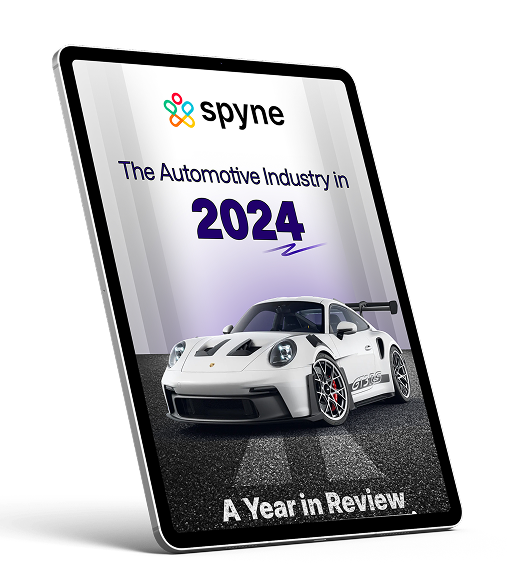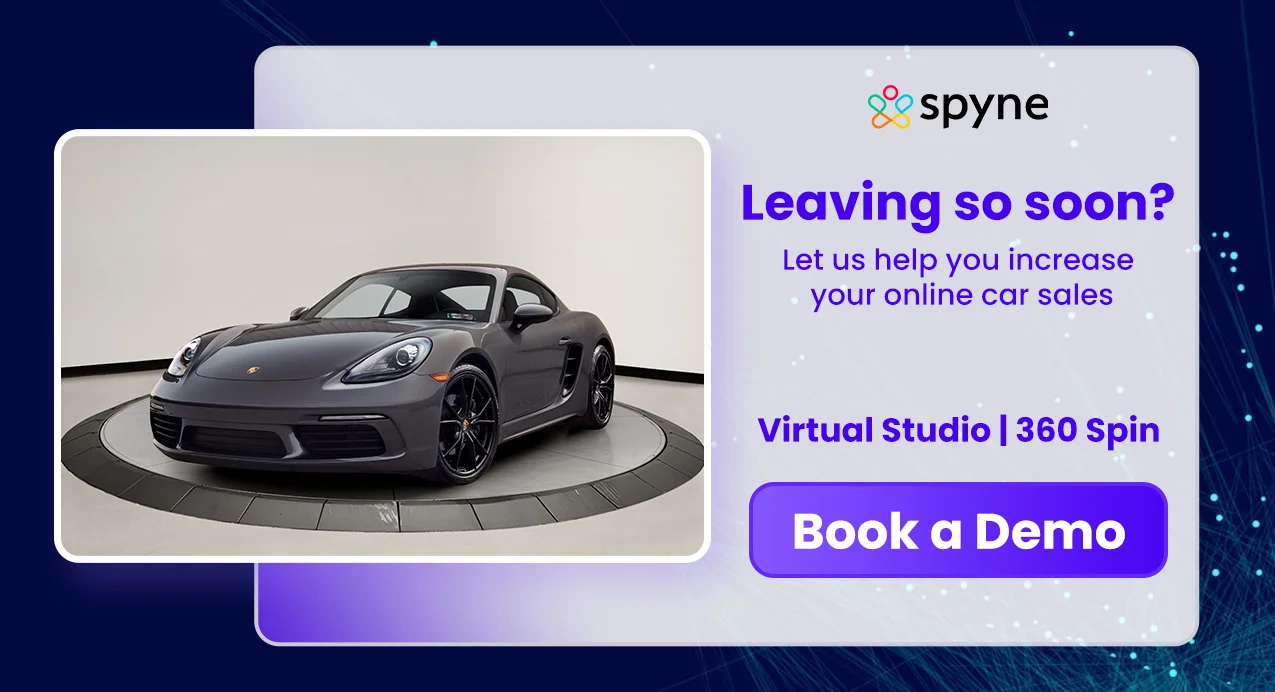The journey of the automobile has been nothing short of extraordinary. It has continuously reinvented itself from early, boxy horseless carriages to today’s sleek, intelligent machines, and will continue evolving. At the core of this evolution lies automotive anatomy, a term that captures the complex systems, structures, and technologies that make up a vehicle.
This article explores how the anatomy of vehicles has evolved over time, how design and engineering have adapted, and most importantly how artificial intelligence (AI) is transforming the way we design, inspect, and interact with vehicles.
What is Automotive Anatomy?
Automotive anatomy refers to the comprehensive study and understanding of a vehicle’s structure, systems, and components similar to how we study the anatomy of a living organism. This field, often seen as an automotive system overview, includes everything from the chassis and powertrain to the electrical networks, suspension systems, and even the aesthetic elements of a car’s exterior and interior.
It’s the blueprint of how a car is built and functions, a foundational understanding that becomes even more powerful when integrated with emerging technologies like AI in automotive anatomy.
Breaking Down Vehicle Anatomy
Let’s explore the major systems that make up car anatomy:
Chassis and Frame
Known as the skeleton of the vehicle, this structure provides core support. It holds the engine, suspension, and all other components together while maintaining the car’s shape and strength.
Powertrain
This is the heart and muscle of the car. Whether it’s an internal combustion engine or an electric motor, combined with the transmission and drivetrain, the powertrain generates and delivers energy to the wheels.
Suspension and Steering
Acting like joints and limbs, this system ensures stability, road grip, and smooth handling, especially important in modern smart vehicle analysis where comfort and control are optimized by intelligent sensors.
Electrical and Electronic Systems
Think of this as the nervous system. Today’s electrical systems support not just convenience but also active safety features and real-time diagnostics.
Body and Interior
These are the skin and sensory organs of the vehicle, influencing how it looks and feels. High-quality materials, thoughtful design, and tech integration create an experience that’s both functional and visually appealing.
Evolution of Vehicle Design & Analysis
From nuts and bolts to neural networks, the journey of automotive anatomy is a reflection of how far we’ve come and where smart mobility is headed next.
Late 19th Century
It all started with Karl Benz’s 1886 Motorwagen, essentially a motorized tricycle with a rudimentary engine, exposed gears, and minimal creature comforts. These early machines marked the first step in understanding automotive anatomy, with basic car anatomy made up of mechanical frames, combustion engines, and wooden or metal bodies.
There was no real Automotive system overview back then, just trial, error, and mechanical intuition.
Early 20th Century
With the rise of Henry Ford’s assembly line in 1913, vehicles became mass-produced, affordable, and consistent. Vehicle anatomy began to standardize around steel chassis, combustion engines, and manual transmissions. The focus was on durability and function.
However, the analysis side lagged behind. Vehicle inspections were entirely manual. There were no digital tools, just the eyes, ears, and hands of experienced mechanics.
Mid-20th Century
Post-WWII, car anatomy began to reflect new consumer priorities: safety and comfort. Seat belts, crumple zones, and more sophisticated suspension systems entered the picture.
During this era, automotive imaging solutions were still a dream, but new diagnostic tools like oscilloscopes and dynamometers started to appear. These helped in performance testing and laid the groundwork for more systematic analysis of vehicles.
Late 20th Century
By the 1980s and 1990s, the automotive world embraced electronics. Fuel injection replaced carburetors. ABS became standard. ECUs (Electronic Control Units) took over many mechanical processes, managing everything from ignition timing to fuel-air mix.
This was a major leap in both vehicle anatomy and how it was analyzed. Computer-Aided Design (CAD) made it possible to model complex car anatomy in a virtual environment. Engineers could simulate crashes, test stress points, and optimize layouts, all before building a prototype.
Meanwhile, smart vehicle analysis started to emerge, with diagnostic scanners reading error codes from onboard systems.
21st Century
Now, automotive anatomy is entirely new. Electric vehicles have replaced engines, fuel lines, and exhausts with battery packs, inverters, and motors.
Cars are no longer isolated machines. They’re connected, intelligent ecosystems. With AI in automotive anatomy, every component can be monitored, analyzed, and optimized in real-time. AI vehicle inspection tools now use cameras, sensors, and machine learning to identify damage, wear, or design flaws.
Thanks to automotive imaging solutions, a vehicle can be scanned in seconds, creating a full 3D map of its body and internals. AI compares this to factory specs, flags anomalies, and even predicts future maintenance needs.
And with smart vehicle analysis, manufacturers and fleet operators can monitor performance, detect inefficiencies, and perform predictive maintenance using cloud-connected dashboards fed by telematics and sensor data.
The Role of AI in the Automotive Industry
Artificial intelligence is reshaping how we understand, inspect, and evolve vehicle anatomy. Traditional inspections and diagnostics are now being enhanced by Automotive imaging solutions and machine learning algorithms that offer fast, accurate insights.
Here’s how AI is redefining the field:
- AI vehicle inspection tools use high-resolution imaging and pattern recognition to detect dents, cracks, corrosion, and wear, often more accurately and much faster than human inspectors.
- Automotive imaging solutions allow manufacturers, fleet operators, and insurers to automatically document damage, track maintenance needs, and assess vehicle health from a single platform.
- Smart vehicle analysis systems process data from sensors, cameras, and telematics to optimize everything from fuel usage to suspension response, making vehicles more intuitive and responsive over time.
- AI in automotive anatomy also supports design and prototyping. Engineers can simulate various materials, stress points, and aerodynamics using AI models before a single part is physically built.
Understanding AI-Driven Automotive Anatomy
AI in automotive anatomy means using artificial intelligence to understand, improve, and maintain the many parts that make up a vehicle.
Let’s break it down into simple parts.
Powertrain Optimization
The powertrain includes everything that makes your car move, like the engine, transmission, and wheels. With AI, cars can adjust how much power they use depending on where and how you drive.
For electric cars, AI helps get the most out of the battery. For fuel-based cars, it helps burn less fuel and reduces pollution. That’s a big win for both performance and the environment, an important part of modern Car Anatomy.
Smart Analysis
The chassis and frame are like the skeleton of the car. In the past, safety was tested through real crashes and guesswork. Now, AI runs digital crash tests and finds weak spots before the car is even built.
AI vehicle inspection tools can also spot small cracks or issues during production, helping make cars stronger and safer. This kind of tech is now a major part of the automotive system overview.
Electrical Systems
Today’s vehicles have tons of wires, sensors, and control units. They’re like the brain and nerves of a car. AI helps manage all this, making sure everything from your headlights to your music system works smoothly.
AI also protects the car from hacking and improves features like navigation and voice commands. And with automotive imaging solutions, it can even “see” where problems are hiding in the system.
Smart Suspension
The suspension and steering are what keep your ride smooth and stable. With AI, cars can now adjust their suspension in real-time, depending on the road or how you’re driving.
So if you’re going over bumps or turning sharply, AI helps the car stay balanced and comfortable. This is part of what we call smart vehicle analysis, AI watching how your car performs and improving the ride.
Visual AI in Automotive Anatomy
Automotive Anatomy is all about understanding how a vehicle is built and how its parts work together. Today, with the help of AI and automotive imaging solutions, this process is becoming faster, smarter, and more accurate.
One of the most exciting tools being used is Visual AI, a technology that uses cameras and artificial intelligence to “see” and understand vehicles. Let’s look at how it works.
How Visual AI Helps
- Damage Detection
Visual AI looks at high-quality images of cars and spots dents, scratches, and damage in seconds. This is way faster and more accurate than human inspection.
AI vehicle inspection and damage assessment tools from Spyne can quickly create full damage reports. It helps insurance companies, car rental services, and dealerships save time and reduce mistakes.
- Quality Control
In car factories, Visual AI checks each part of a car during the build process. It can spot paint issues or parts that aren’t aligned properly.
- Vehicle Identification
Visual AI can also tell the make, model, and even features of a car just by looking at a photo. This is great for managing vehicle inventories, especially in the used car business.
- Augmented Reality (AR)
When combined with AR, Visual AI lets mechanics and buyers see useful information on top of the car image. Mechanics can see where problems are. Buyers can try different paint colors or wheels virtually.
Spyne’s Role in AI in Automotive Anatomy
Spyne is a company that’s doing big things in this space. Their tools make car photography and inspection super simple and smart.
- Automated Car Photography
Spyne’s AI captures full 360° photos of cars with its 360 spin tool. It edits the backgrounds, fixes lighting, and makes sure every photo looks clean and professional. No need for a professional car photographer anymore.
- Smart Damage Detection
Spyne’s system can spot interior and exterior damage with car damage detection tool and even tell you how serious it is.
- Easy Online Selling
Spyne works with online car platforms, helping sellers show off their vehicles with great photos and detailed condition reports. Buyers get more confidence from seeing clear, honest information.
- Scales for Any Business
Whether you’re a small dealer or a big rental company, Spyne’s cloud platform is easy to use and fits any size business.
How AI is Revolutionizing Vehicle Documentation
Keeping track of a car’s condition used to take a lot of time and effort. With AI, it’s now easier, faster, and more accurate.
Instant Reports
AI systems create full condition reports in real-time. You can check for damage, mileage, and part health using just a smartphone camera.
Tracks Vehicle History
AI can gather past records and track how a vehicle’s condition changes over time. Great for rental companies or fleet managers.
Connects with Other Tools
AI-powered reports can plug right into dealership or insurance systems, so there’s less paperwork and fewer delays.
Builds Trust
With clear images and honest reports, buyers feel more confident. Sellers avoid future disputes.
Saves Money
By spotting damage early and cutting out manual labor, AI can reduce costs by up to 90%.
Final Thoughts
Automotive Anatomy is more than just learning about car parts—it’s about understanding how all the systems in a car work together. Today, AI in automotive anatomy is helping us build, inspect, and sell vehicles in better ways.
Thanks to smart vehicle analysis and tools from companies like Spyne, cars are becoming easier to manage, safer to drive, and quicker to sell. With powerful Automotive imaging solutions, the future of cars is smarter, faster, and more transparent.



























